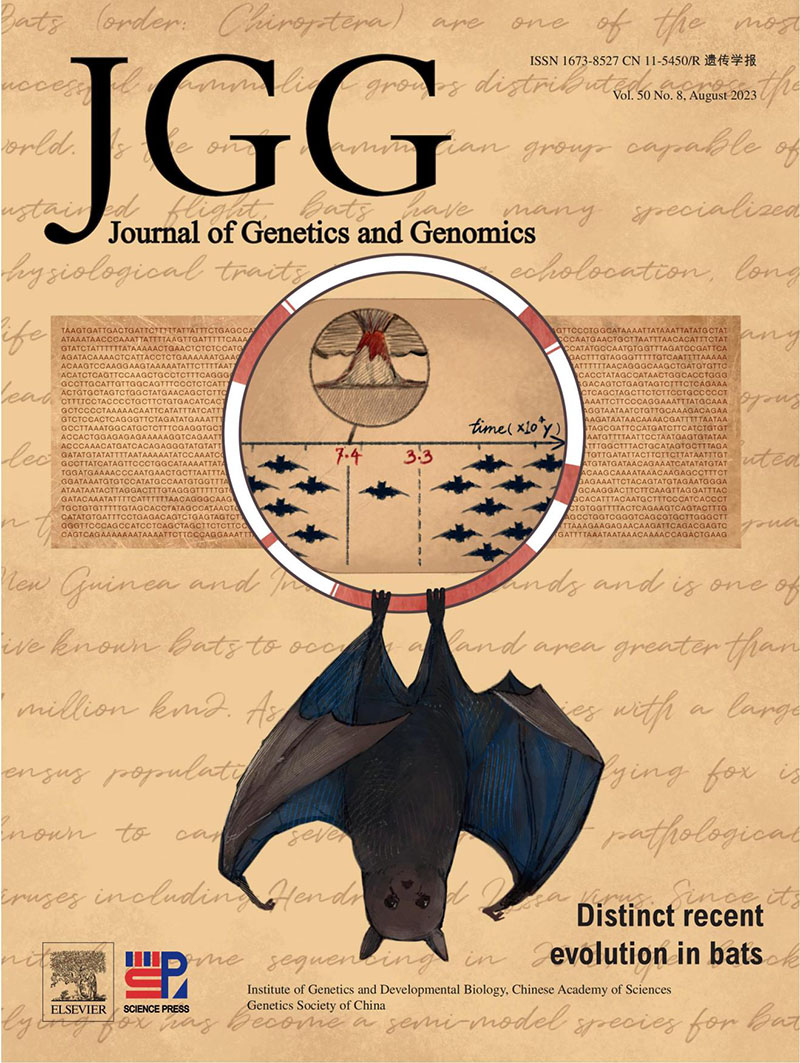2025, 52(5): 689-705.
doi: 10.1016/j.jgg.2024.11.009
Abstract:
KanCell is a deep learning model based on Kolmogorov-Arnold networks (KAN) designed to enhance cellular heterogeneity analysis by integrating single-cell RNA sequencing and spatial transcriptomics (ST) data. ST technologies provide insights into gene expression within tissue context, revealing cellular interactions and microenvironments. To fully leverage this potential, effective computational models are crucial. We evaluate KanCell on both simulated and real datasets from technologies such as STARmap, Slide-seq, Visium, and Spatial Transcriptomics. Our results demonstrate that KanCell outperforms existing methods across metrics like PCC, SSIM, COSSIM, RMSE, JSD, ARS, and ROC, with robust performance under varying cell numbers and background noise. Real-world applications on human lymph nodes, hearts, melanoma, breast cancer, dorsolateral prefrontal cortex, and mouse embryo brains confirmed its reliability. Compared with traditional approaches, KanCell effectively captures non-linear relationships and optimizes computational efficiency through KAN, providing an accurate and efficient tool for ST. By improving data accuracy and resolving cell type composition, KanCell reveals cellular heterogeneity, clarifies disease microenvironments, and identifies therapeutic targets, addressing complex biological challenges.







